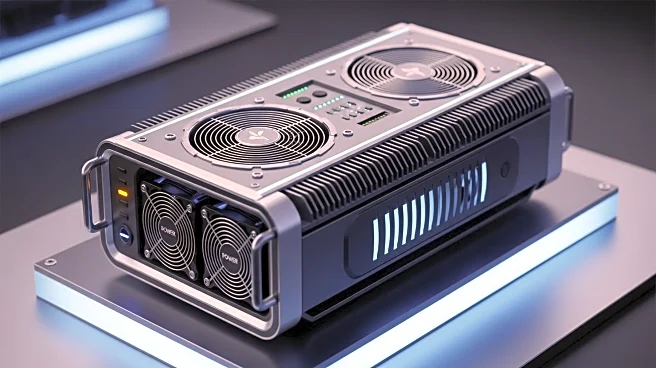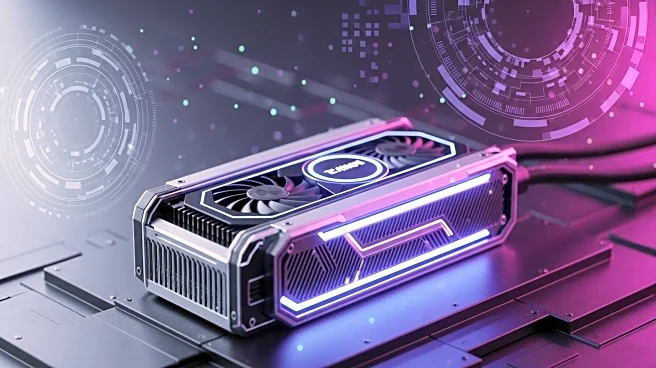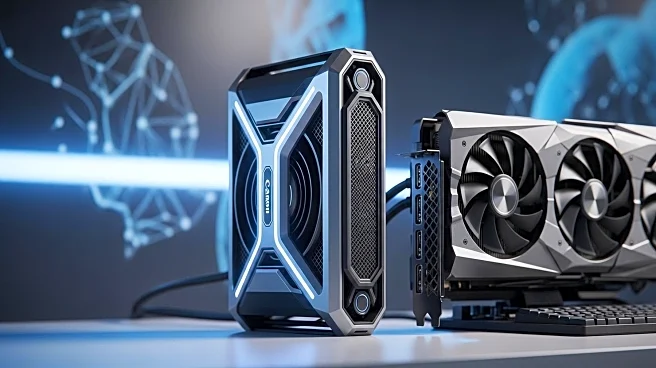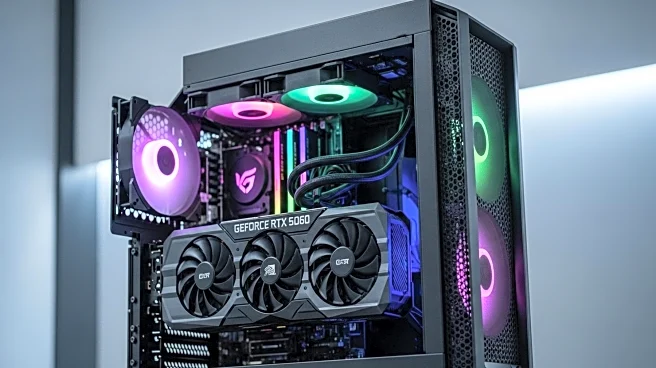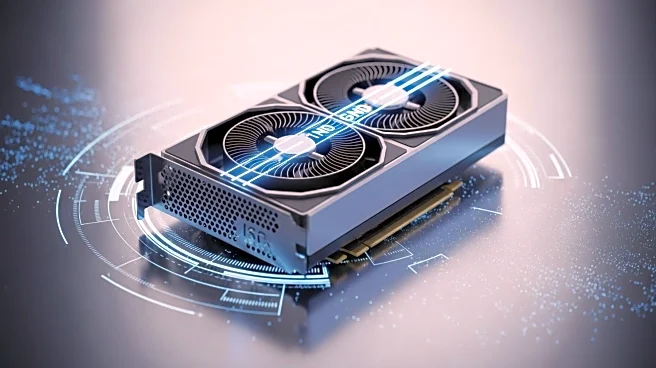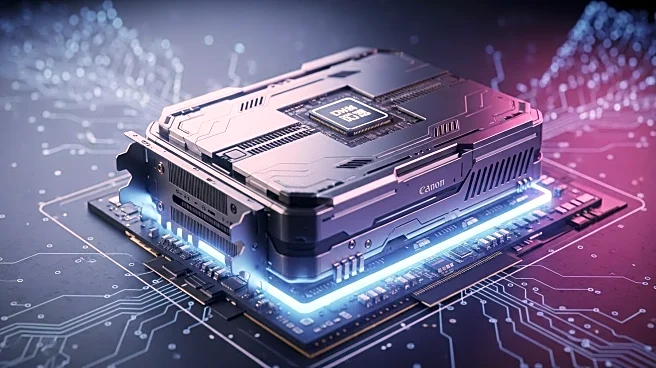What's Happening?
Ampinel, a device developed by aqua computer, is designed to prevent overheating and potential damage in Nvidia graphics cards by managing power distribution. The device connects to a graphics card's power connector and is compatible with most RTX 40- and 50-series cards. It actively monitors and redistributes power across the connector to prevent any single pin from being overloaded, addressing issues that have previously led to connector melting. The Ampinel uses a combination of shunts, MOSFETs, and an integrated microcontroller to manage power flow, and it features an OLED display and RGB LEDs for real-time monitoring. The device is set to launch in mid-November, priced at approximately $94.
Why It's Important?
The introduction of the Ampinel device is significant for the gaming and tech industry as it addresses a critical safety issue with high-performance graphics cards. Overheating and power distribution problems can lead to hardware damage, affecting both consumers and manufacturers. By ensuring even power distribution, the Ampinel helps protect expensive components, potentially reducing warranty claims and enhancing user trust in Nvidia's products. This development is particularly relevant as the demand for high-performance graphics cards continues to grow, driven by advancements in gaming and AI applications.
What's Next?
The Ampinel is expected to be available in mid-November, and its release could prompt other manufacturers to develop similar safety devices. As the device gains traction, it may lead to broader industry standards for power management in graphics cards. Additionally, consumer feedback and demand could influence future iterations of the product, potentially expanding its compatibility and features. The tech community will likely monitor the device's performance closely, and its success could impact future designs of graphics card connectors.
Beyond the Headlines
The Ampinel's introduction highlights the ongoing challenges in balancing performance and safety in high-tech components. As graphics cards become more powerful, the need for effective power management solutions becomes increasingly critical. This development may also spark discussions about the responsibility of manufacturers to ensure the safety and reliability of their products, potentially influencing regulatory standards in the tech industry.

